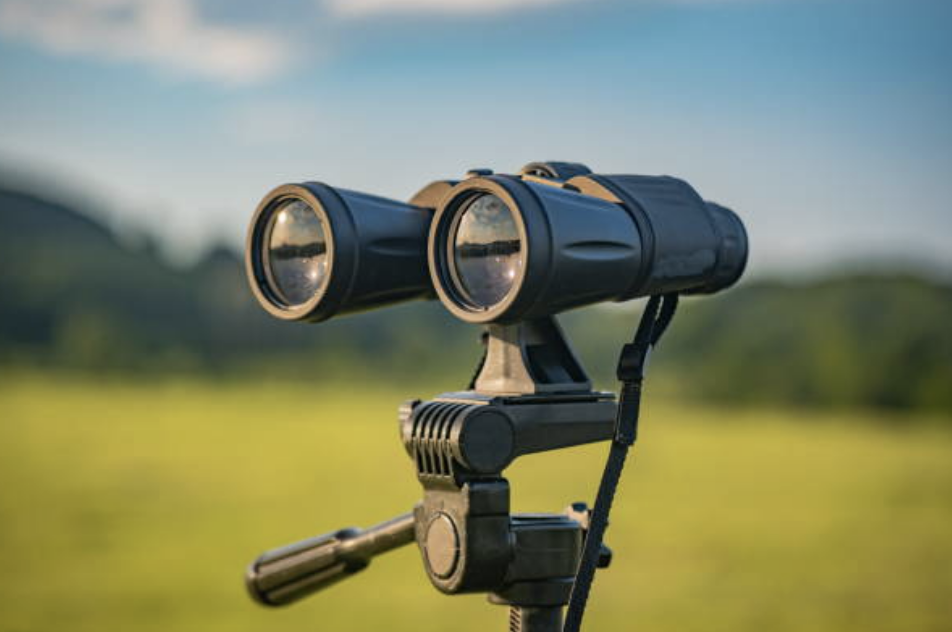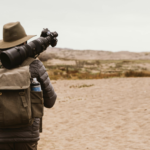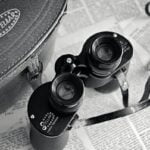When it comes to enjoying outdoor activities with your binoculars, having a stable and reliable tripod can make a world of difference. Whether you’re into birdwatching, stargazing, or going on a safari, this guide will help you understand what to look for in a binocular tripod. We’ll cover the essential features and considerations to enhance your viewing experience. So, let’s dive in and discover the best tripod for your needs!
Why You Need a Binocular Tripod
First things first, why even bother with a tripod? Well, here are some key benefits:
- Stability: No more shaky hands! A tripod gives you a steady platform, perfect for clear and detailed observations.
- Comfort: Long viewing sessions can be tough on your arms and shoulders. A tripod takes the weight off, making it more comfortable.
- Precision: Follow and focus on distant objects with ease. A tripod helps you make those fine adjustments effortlessly.
What to Look for in a Binocular Tripod
Height and Adjustability
Adjustable height is crucial for different viewing positions. Whether you’re standing, sitting, or lying down, a tripod that extends to about 70 inches and collapses to a portable size is ideal. Quick adjustments are a bonus, so look for lever locks or twist locks on the legs.
Weight and Portability
Portability matters, especially if you’re hiking or traveling. Lightweight materials like aluminum or carbon fiber are great choices. They strike a good balance between strength and ease of transport. Remember, there’s a trade-off between weight and stability, so choose wisely based on your activity.
Stability and Durability
A stable binocular tripod means clearer images. Look for tripods with wider leg spans and robust construction. Rubber feet or spiked feet add extra grip on various terrains. Durability is key, so materials like carbon fiber and high-grade aluminum are excellent choices that withstand rough use and harsh weather.
Head Type
The tripod head is where the magic happens. Here are two common types:
- Pan-and-Tilt Heads: Separate controls for panning and tilting allow for smooth and precise movements.
- Ball Heads: Quick adjustments with a single control knob, though they can be less precise for tracking moving objects.
Load Capacity
Make sure the tripod can support the weight of your binoculars and any other gear, like a camera or spotting scope. A higher load capacity means more stability and less risk of damaging your equipment.

Additional Features to Consider
Minimum Focus Distance
This is the shortest distance at which the tripod can focus on an object. If you’re observing nearby subjects, a shorter minimum focus distance is beneficial.
Quick-Release Plates
Quick-release plates make attaching and detaching your binoculars a breeze. This is handy when you need to move quickly or switch equipment.
Weather Resistance
Outdoor activities can be unpredictable. Look for tripods with weather-resistant features like waterproof and fog-proof capabilities to keep your gear safe.
Activity-Specific Recommendations
Birdwatching
For birdwatching, stability and ease of movement are crucial. An 8x to 10x magnification is typically preferred. Look for a tripod with a fluid pan-and-tilt head to smoothly follow birds in flight. Lightweight and portable tripods are beneficial since birdwatchers often hike to different spots.
Stargazing
Stargazing requires a tripod that can handle higher magnifications and heavier equipment, such as telescopes. A sturdy tripod with a high load capacity and a smooth ball head is ideal. Height adjustability is crucial for comfortable viewing angles.
Safari
On a safari, portability and quick setup are key. A compact, lightweight tripod with quick-release plates will allow you to rapidly switch between using your binoculars and other equipment, like cameras. Durability is essential to withstand the rugged environment.
Hiking
For hiking, a lightweight and compact tripod that doesn’t compromise on stability is essential. Look for tripods made from carbon fiber for strength and minimal weight. Quick-adjust leg locks are beneficial for swift setup and breakdown.
Conclusion
Choosing the right tripod for your binoculars boils down to considering factors like height, weight, stability, head type, and load capacity. Each feature enhances your viewing experience, providing stability, comfort, and precision across various outdoor activities. So, whether you’re into birdwatching, stargazing, hiking, or going on a safari, investing in a good tripod is a game-changer!



